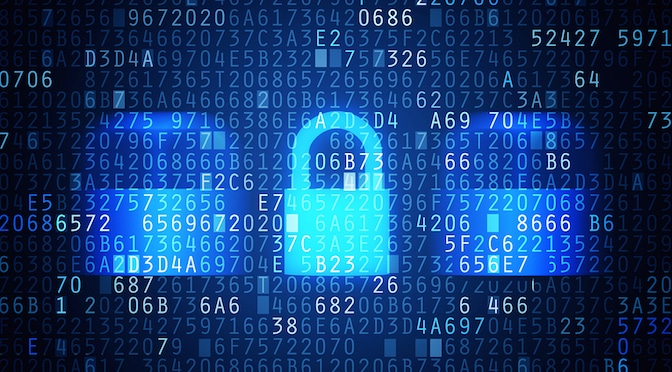
 Business continuity has become a buzzword of sorts, but when you dig down past the surface that most people barely scratch in their discussions of business continuity, you’ll discover the true impetus behind the dialogue: survival.
Business continuity has become a buzzword of sorts, but when you dig down past the surface that most people barely scratch in their discussions of business continuity, you’ll discover the true impetus behind the dialogue: survival.
The business environment is more competitive than ever, and rather than just have to worry about the guy down the street who offers the same service you do, you now have to worry about the hundreds of global businesses who can reach right through your customers’ computers and lure them away. Combine that with our increasing desire for instant gratification, and the most important way to attract – and keep – more customers is by being able to serve them, anytime, anywhere they want.
That’s why business continuity has become the latest catchphrase – it’s about not letting potential risks interfere with your ability to deliver on your promises, whether those potential risks are artificial, environmental, or a result of technological advancements. Every business needs to be faster, more flexible, more nimble, and ready to handle whatever is thrown at them. Those that are not do not survive.
Over the next few months, we’re going to dig deep into this concept that is business continuity and what it really means for your organization and what decisions you need to make to help it survive over the long-term. But before you can really start putting together a survival plan, you must have a business continuity plan, so that’s where we’ll start.
Defining the Essential: What Does Your Organization Need to Remain Operational?
The first step in realizing business continuity is identifying the essential. What information, systems, data, and people does your organization need to continue operating? To determine the answers, you have to play the “What If” game.
What if…a fire burned down your building? What is inside the building right now that, should it be destroyed, would prevent you from being able to serve your customers?
What if…a disgruntled employee deleted essential files from your server? How would you replicate those files? Would you have a way to turn off that person’s access to your sensitive data?
What if…an employee’s cell phone, used to conduct business, was stolen? Do you have a way to remotely remove access to sensitive information?
What if…key personnel left or died suddenly? Do you have people who can fill those roles and access the information they need to keep operations going?
What if…a server suddenly crashed? What steps would you have to take to remain operational? What applications and software must be accessible have the in order to serve your customers?
As you define what you need to remain operational, be sure to explore these constituents from different angles, including financial, regulatory, branding, proprietary information, customer protection, and others. As you develop an idea of what your essential needs are, you can also identify the key personnel you will need to initiate a response to any emergency you might encounter.
Don’t wait for a catastrophic event to remind you of the importance of being able to continue serving your customers. Developing a plan for remaining operational is critical, and should be implemented before disruptions occur. By the time disaster strikes, it will be too late. Ask thinkCSC to help you develop a business continuity plan that keeps your business running, even in the most difficult of situations. Contact us to learn how.

